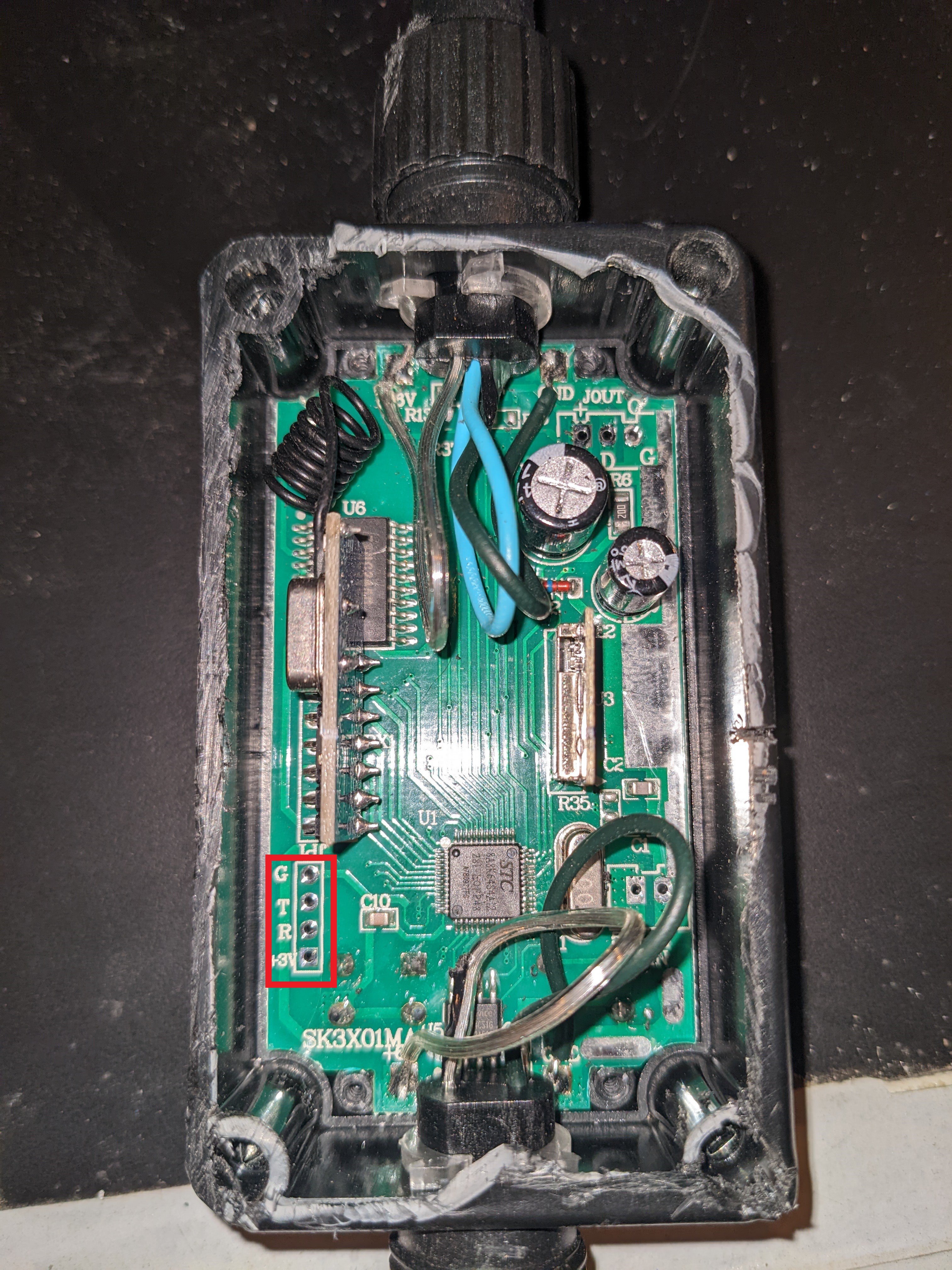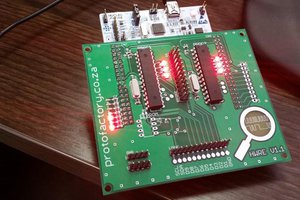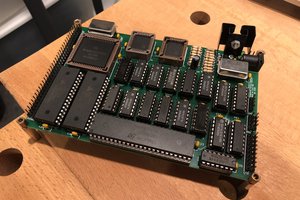WiFi chip comes from Tuya -
Model WB2S
https://developer.tuya.com/en/docs/iot/wb2s-module-datasheet?id=K9ghecl7kc479
From what I can tell, VanthyLit ordered their product in a build-a-bear kind of way from Tuya, who manufactures IoT solutions for businesses.
 SPIcurious
SPIcurious

 Tom Van den Bon
Tom Van den Bon
 Arya
Arya
 davedarko
davedarko